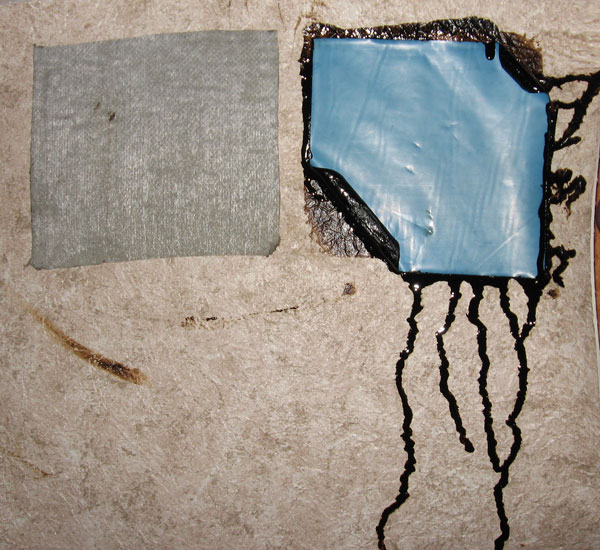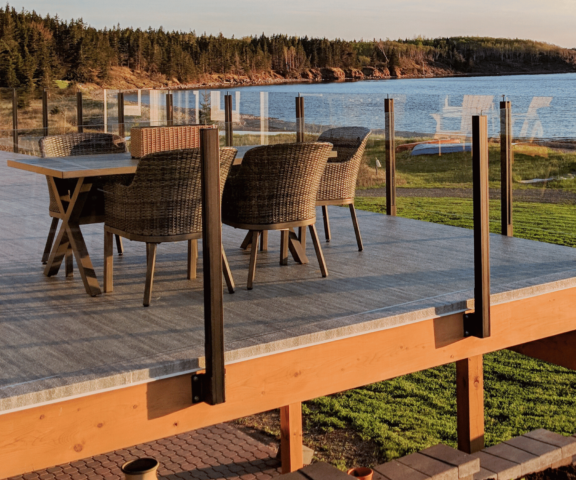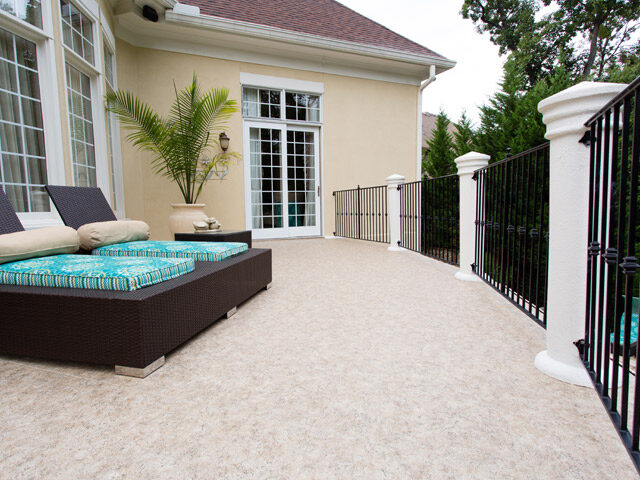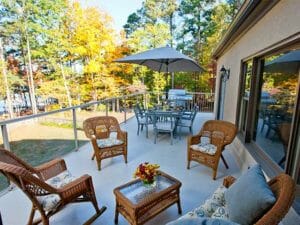USA: 1-800-338-3568 | CANADA: 1-866-591-5594
Understanding Balcony to Wall Interface Rehabilitation
When waterproofing has failed on the balconies of multi-residential buildings, particularly condos or apartments, the costs involved in repairing wood rot can be staggering. However, ensuring the project is done correctly and avoids further need for repair in the future makes the investment well worth the cost.
Important Detail on Working With the Vinyl Membrane in Multi-Layer Systems
One of the critical details on the best practices is to ensure that there is a separation layer between any asphalt based products and the vinyl membrane. Products that are asphalt based and the plasticizers in the vinyl membranes can cause the asphalt to “flow”. This is particularly noticeable with rubberized asphaltic “peel and stick” types of products commonly used for waterproofing transitions at doors, windows, etc.

In summary, here is a comparison of the steps involved in an older system as compared to best practices that exist today.
| Old Methods | New Technology Best Practices |
| 1-Interior Gypsum 2-Framing 3-Insulation 4-Sheathing 5-Deck Membrane 6-Cladding |
1-Interior Gypsum 2-Framing 3-Insulation 4-Sheathing 5-Building Paper 6-Membrane Flashing 7-Building Paper 8-Framing 9-PVC Coated Metal Flashing 10-Deck Membrane 11-Membrane Isolation Strip 12-Building Paper 13-Membrane Flashing 14-P.T. Strapping 15-Paper Backed Metal Lath 16-Stucco Base Coat 17-Stucco Color Coat |
If you’d like to inquire about a Rehabilitation project, call Duradek to be referred to a trained and authorized installer near you.



